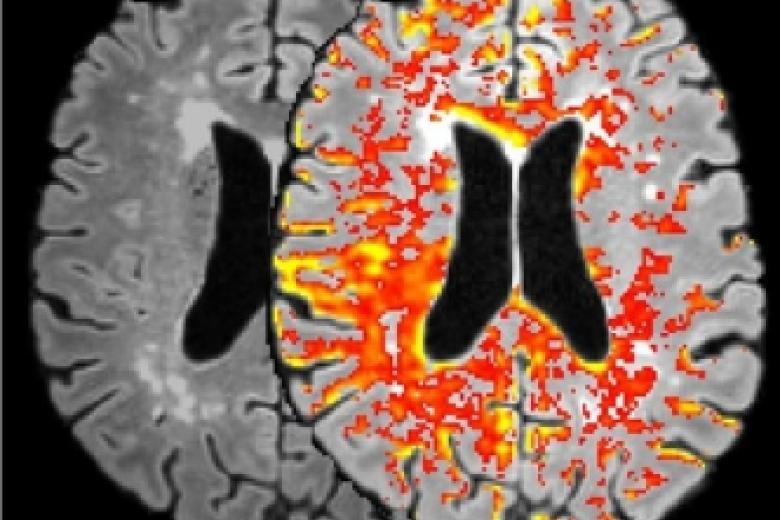Two projects with important UM input approved for European roadmap
The European Strategy Forum on Research Infrastructures (ESFRI) announced last week that it would include two projects in which Maastricht University (UM) plays an important role in the upgrade of the roadmap for 2021. They are the Einstein Telescope and EBRAINS, the open research infrastructure developed by the partners within the Human Brain Project. At UM, the research groups led respectively by Stefan Hild and Jo van den Brand (FSE), and by Rainer Goebel (FPN) are closely involved in these projects.
Human Brain Project
Operating at the intersection of neuroscience, AI and neurorobotics, the Human Brain Project develops the biologically-inspired cognitive architectures that serve as 'brains' for robotic systems. Rainer Goebel leads one of the work packages within this long-term international project. Last summer, the European Commission signed a funding agreement totalling 150 million euros for the period up to 2023. Read more here about EBRAINS.

Einstein Telescope
The Einstein Telescope is a future underground gravitational wave observatory. The instrument will be much more sensitive than existing detectors, and will enable researchers to observe the ‘dark’, undiscovered parts of the universe for the first time. ‘The approval of the Einstein Telescope by ESFRI recognises the scientific value of our project for Europe,’ says project director Jo van den Brand. ‘I’m proud that Europe has chosen to advance our fundamental scientific knowledge with the Einstein Telescope. The technological innovation and the socio-economic growth the project will bring to the region are of great strategic importance. We are now one step closer to realising the Einstein Telescope, and of course also our ambition to offer the border region near Maastricht as a host site.’
Also read
-
Can a brain scan show what you've heard?
A brain scan that allows you to see what sound a person has heard. Researchers from Maastricht University have recently achieved a world first by reconstructing heard sound based on a person’s brain activity.